Masters of Art - Camille Pissarro First published in the United Kingdom in 2017 by Delphi Classics. Delphi Classics, 2017. All rights reserved. No part of this publication may be reproduced, stored in a retrieval system, or transmitted, in any form or by any means, without the prior permission in writing of the publisher, nor be otherwise circulated in any form other than that in which it is published. ISBN: 978 1 78656 513 6 Delphi Classics is an imprint of Delphi Publishing Ltd Hastings, East Sussex United Kingdom Contact: sales@delphiclassics.com
St.
Two Women Chatting by the Sea, St.
Two Women Chatting by the Sea, St.
Thomas

Camille Pissarro was born on 10 July 1830 on the island of St. Thomas, now in the US Virgin Islands, but then in the Danish West Indies. His father Frederick was of Portuguese Jewish descent and held French nationality, while his mother Rachel Manzano de Pissarro was from a French-Jewish family of St. Thomas. His father was a merchant that had ventured to the island from France to deal with the hardware store of a deceased uncle and went on to marry his widow. This had caused something of a scandal in St.
Thomas small Jewish community, as according to Jewish law a man is forbidden from marrying his aunt. In subsequent years his four children were forced to attend the all-black primary school. When Camille was twelve years old, his father sent him to a boarding school in France, studying at the Savary Academy in Passy, near Paris. As a young student, he developed an early appreciation of the French masters. Monsieur Savary himself gave him a strong grounding in drawing and painting and suggested he draw from nature when he returned to St. Thomas, which he did when he was seventeen.
However, his father preferred him to work in his own business, making him a cargo clerk. Pissarro took every opportunity during those next five years to practise drawing during breaks and after work. Eventually, at the age of twenty-one, Pissarro chose to take on painting as a full-time profession, having been inspired by his Danish artist friend and teacher Fritz Melbye. Seizing the opportunity to travel to Venezuela, Pissarro left behind his family and job, spending the next two years with Melbye, working as artists in Caracas and La Guaira. Sketchbook in hand, he drew the many novel sights that he discovered, including landscapes, village scenes and numerous sketches, while filling up multiple books. In 1855, after his parents pledged to support his artistic ambitions, he returned home, before moving back to Paris, having secured work as assistant to the artist Anton Melbye, Fritz Melbyes brother.
Pissarro also studied paintings by other artists whose style inspired him: Gustave Courbet, Charles-Franois Daubigny, Jean-Franois Millet, and Jean-Baptiste-Camille Corot. The latter was a French landscape and portrait painter, who would become a pivotal figure in landscape painting. Corot (1796-1875) produced a vast output, simultaneously referencing the Neo-Classical tradition and anticipating the en plein air innovations of Impressionism. Interested in the ordinary and everyday, Corot had no time for painting grand biblical or mythological subjects; his art instead sought to capture the essence of real life and this approach to painting was very appealing to the young Pissarro, who from a young age nurtured strong socialist sympathies. After enrolling in various classes taught by masters at schools such as cole des Beaux-Arts and Acadmie Suisse, Pissarro eventually found their teaching methods stifling and pedantic. This prompted him to search for alternative instruction, which he requested and received from Corot.
Completed in 1856, a year after his move to France, Two Women Chatting by the Sea, St. Thomas presents a view of ordinary life on his home island, where the artist had spent his youth in the Caribbean. Held today in the National Gallery of Art in Washington, it is a small canvas, measuring just 10.88 by 16.13 inches. Two women of the working class are standing on a pathway beside an almost empty beach. In the background, we can glimpse five figures on a raft by the shoreline. One of the women, wearing a white dress, faces the viewer directly, while the other wears a bright blue dress with her back to us.
The woman in white holds a large covered basket on her head. The large and towering appearance of her load suggests that life and work is difficult for this woman. Her companion in blue holds a presumably empty basket over her left arm, indicating she is on her way to the nearby market. Immediately we are captivated by the artists application of paint to convey a sense of brilliant light. The study of colour and light would become a lasting interest for the painter over his long career. The scene mimics the atmospheric landscapes of Claude Lorrain, yet the subject matter is a scene of ordinary life.
We are not presented with a view of Trojan or biblical heroes, but instead two humble women that have momentarily halted in the mornings work to share a word and ease their day. 
 Detail
Detail  Detail
Detail  Detail
Detail  Detail
Detail  Detail
Detail  Corot, 1850
Corot, 1850  Bornova by Jean-Baptiste-Camille Corot, zmir, 1873
Bornova by Jean-Baptiste-Camille Corot, zmir, 1873
The Banks of the Marne at Chennevires

Pissarro and Corot both shared a love of rural scenes painted from nature. Corot was the first major artist to promote plein air painting; until then artists would sketch in their books, before returning to the studio to work up what they had seen. Corot changed this approach in French art, stressing the importance of painting what you can see immediately before you. Pissarro was inspired by Corot to paint outdoors and together they would often discuss their work. During this period Pissarro developed a fine appreciation of the importance of expressing the beauties of nature without adulteration.

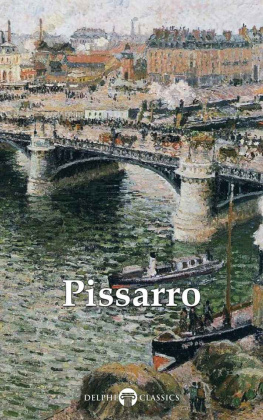

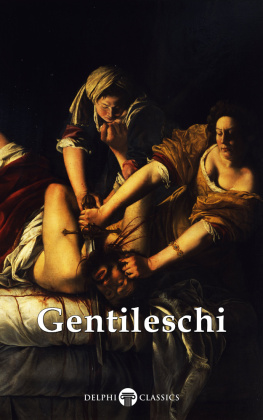
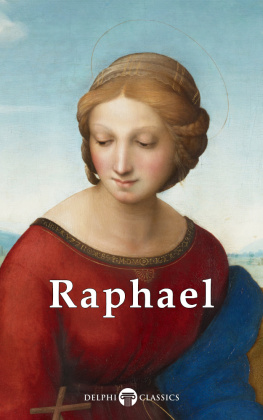

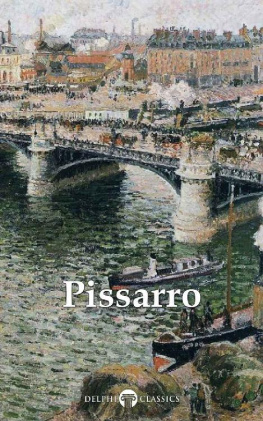
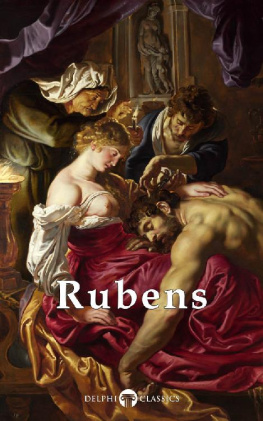
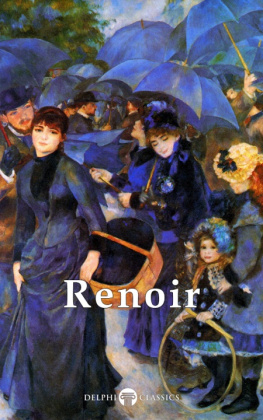

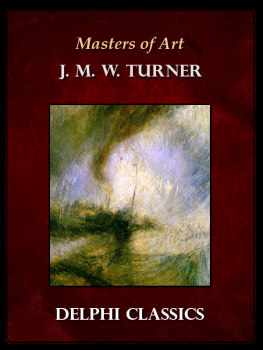
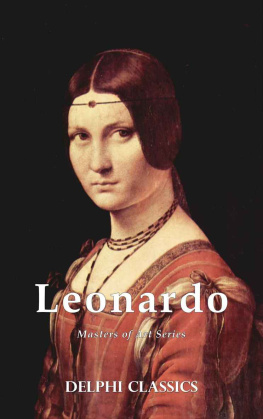
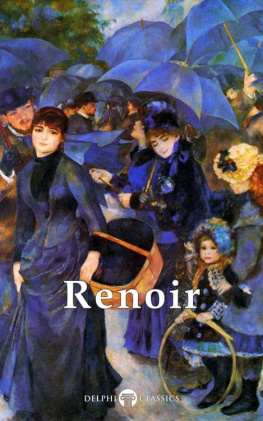
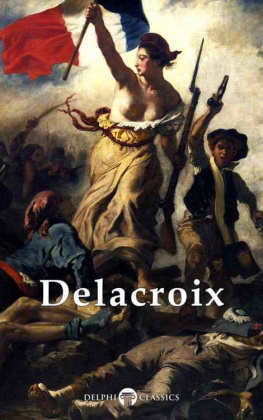
 Camille Pissarro (1830-1903)
Camille Pissarro (1830-1903)  Contents
Contents  Delphi Classics 2017 Version 1
Delphi Classics 2017 Version 1  Masters of Art Series Camille Pissarro
Masters of Art Series Camille Pissarro  By Delphi Classics, 2017
By Delphi Classics, 2017 www.delphiclassics.com
www.delphiclassics.com  St.
St.  Camille Pissarro was born on 10 July 1830 on the island of St. Thomas, now in the US Virgin Islands, but then in the Danish West Indies. His father Frederick was of Portuguese Jewish descent and held French nationality, while his mother Rachel Manzano de Pissarro was from a French-Jewish family of St. Thomas. His father was a merchant that had ventured to the island from France to deal with the hardware store of a deceased uncle and went on to marry his widow. This had caused something of a scandal in St.
Camille Pissarro was born on 10 July 1830 on the island of St. Thomas, now in the US Virgin Islands, but then in the Danish West Indies. His father Frederick was of Portuguese Jewish descent and held French nationality, while his mother Rachel Manzano de Pissarro was from a French-Jewish family of St. Thomas. His father was a merchant that had ventured to the island from France to deal with the hardware store of a deceased uncle and went on to marry his widow. This had caused something of a scandal in St. 
 Detail
Detail  Detail
Detail  Detail
Detail  Detail
Detail  Detail
Detail  Corot, 1850
Corot, 1850  Bornova by Jean-Baptiste-Camille Corot, zmir, 1873
Bornova by Jean-Baptiste-Camille Corot, zmir, 1873 Pissarro and Corot both shared a love of rural scenes painted from nature. Corot was the first major artist to promote plein air painting; until then artists would sketch in their books, before returning to the studio to work up what they had seen. Corot changed this approach in French art, stressing the importance of painting what you can see immediately before you. Pissarro was inspired by Corot to paint outdoors and together they would often discuss their work. During this period Pissarro developed a fine appreciation of the importance of expressing the beauties of nature without adulteration.
Pissarro and Corot both shared a love of rural scenes painted from nature. Corot was the first major artist to promote plein air painting; until then artists would sketch in their books, before returning to the studio to work up what they had seen. Corot changed this approach in French art, stressing the importance of painting what you can see immediately before you. Pissarro was inspired by Corot to paint outdoors and together they would often discuss their work. During this period Pissarro developed a fine appreciation of the importance of expressing the beauties of nature without adulteration.